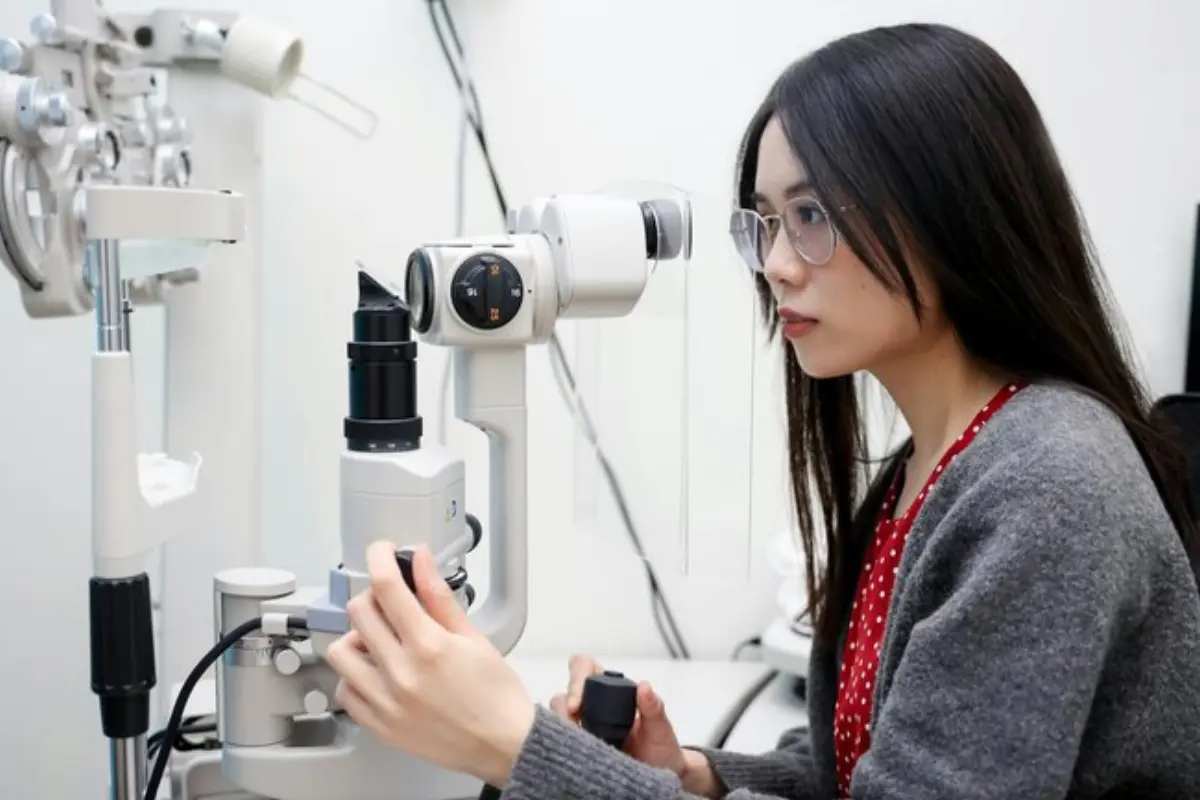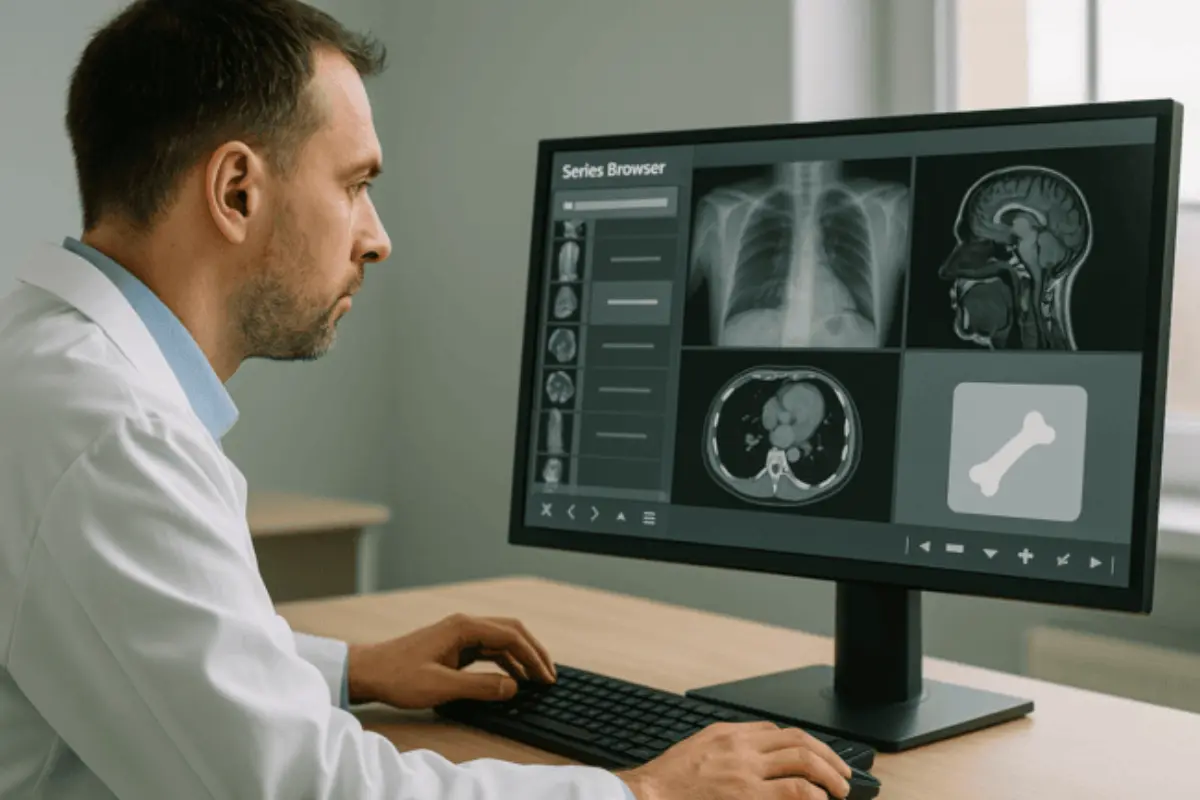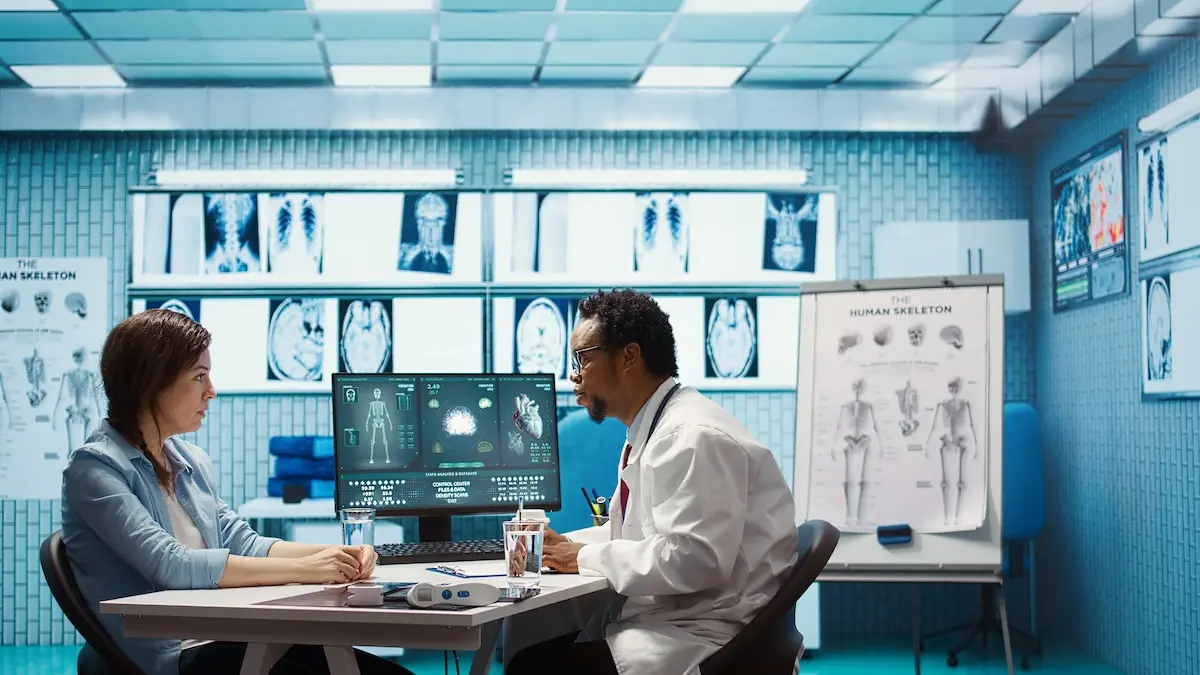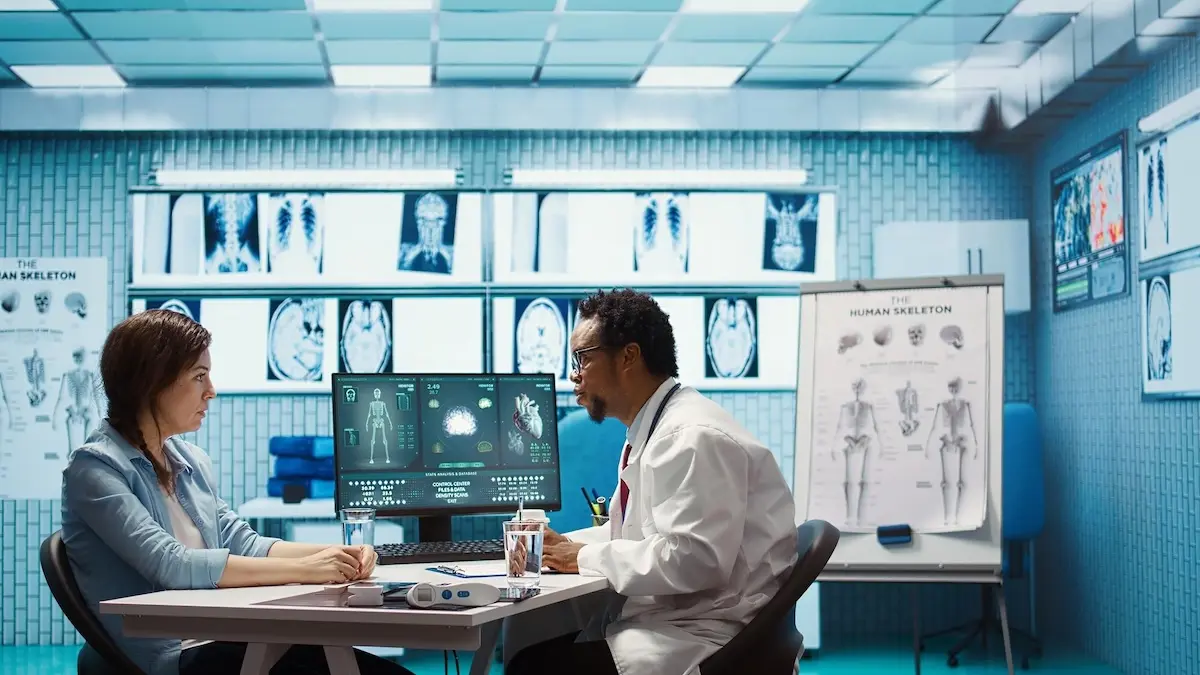Radiological Imaging and Archiving System
One of the most important issues up to now was that all the data remained on paper because it was entirely textual.
However, in recent years, with the advancement of Hospital Information Systems, this problem has been overcome, and all textual data except for medical images has been archived digitally. The problem of archiving images has begun to be solved with the DICOM standard and PACS (Picture Archiving and Communications System) systems.
However, in recent years, with the advancement of Hospital Information Systems, this problem has been overcome, and all textual data except for medical images has been archived digitally. The problem of archiving images has begun to be solved with the DICOM standard and PACS (Picture Archiving and Communications System) systems.
To understand why PACS systems are needed, it is necessary to be familiar with the problems associated with the digital archiving of medical images. Each medical image ranges from 10MB~300MB on average, depending on the type of image. The size of these data directly affects their storage capacity. Due to such problems, the archiving of medical images is done using a different system than the archiving of other data.
Our PACS system reduces your costs by overcoming the problem of storing medical images that require high recording capacity. As a good image archiving system, our PACS system also offers an expandable recording capacity as standard.
Our PACS system reduces your costs by overcoming the problem of storing medical images that require high recording capacity. As a good image archiving system, our PACS system also offers an expandable recording capacity as standard.


Medical images pose many problems that need to be solved. The most important of these problems is the size of the images. A medical image must contain high detail to help accurate diagnosis. This requires high resolution and lossless storage methods. Lossless storage methods are particularly important. Any lossy compression technique results in a significant change of information in the data. With lossy compression techniques, close, small changes are ignored and compression is attempted. The loss of data here may cause a newly emerging tumor to be missed. While storing medical images in our system, archiving is done without changing the content of the images.
Medical imagery is always an important part of diagnosing diseases.The more detailed the medical image, the more accurate the diagnosis. The more detail a medical image, for example an X-ray, contains, the easier it is for the doctor to identify the affected area.
Thanks to PACS, the use of film within the hospital is eliminated and film costs are reduced. In this way, patients do not need to carry their previous films with them, and doctors can use medical images to view them in detail on high-resolution monitors. PACS also helps to reduce the size of archive spaces in hospitals and create an environmentally friendly environment, as it does not require the use of developing chemicals required for film printing.
Thanks to PACS, the use of film within the hospital is eliminated and film costs are reduced. In this way, patients do not need to carry their previous films with them, and doctors can use medical images to view them in detail on high-resolution monitors. PACS also helps to reduce the size of archive spaces in hospitals and create an environmentally friendly environment, as it does not require the use of developing chemicals required for film printing.

What Are the Advantages of the PACS Server?
When storing data, the only concern should not be data loss. Other features of our PACS system, which is a medical image storage solution, include:
- The ability to record highly detailed medical images,
- Avoidance of high-ratio lossy compression on medical images to save space on the server; instead, lossless compression techniques are used because it is critical,
- Synchronous operation with medical imaging devices that produce digital results, recognizing all the image formats produced by these devices,
- Storing medical images in the DICOM format, which is accepted as the standard,
- Providing unlimited and uninterrupted service, with any malfunctions being promptly addressed,
- Data communication between servers and clients at the gigabyte level, as permitted by the hardware,
- Possessing performance capable of keeping up with the intensive work pace throughout the day. These features set our system apart from other companies in the industry. For such a service to operate more efficiently, the infrastructure is expected to meet certain technical criteria.
- The ability to record highly detailed medical images,
- Avoidance of high-ratio lossy compression on medical images to save space on the server; instead, lossless compression techniques are used because it is critical,
- Synchronous operation with medical imaging devices that produce digital results, recognizing all the image formats produced by these devices,
- Storing medical images in the DICOM format, which is accepted as the standard,
- Providing unlimited and uninterrupted service, with any malfunctions being promptly addressed,
- Data communication between servers and clients at the gigabyte level, as permitted by the hardware,
- Possessing performance capable of keeping up with the intensive work pace throughout the day. These features set our system apart from other companies in the industry. For such a service to operate more efficiently, the infrastructure is expected to meet certain technical criteria.


